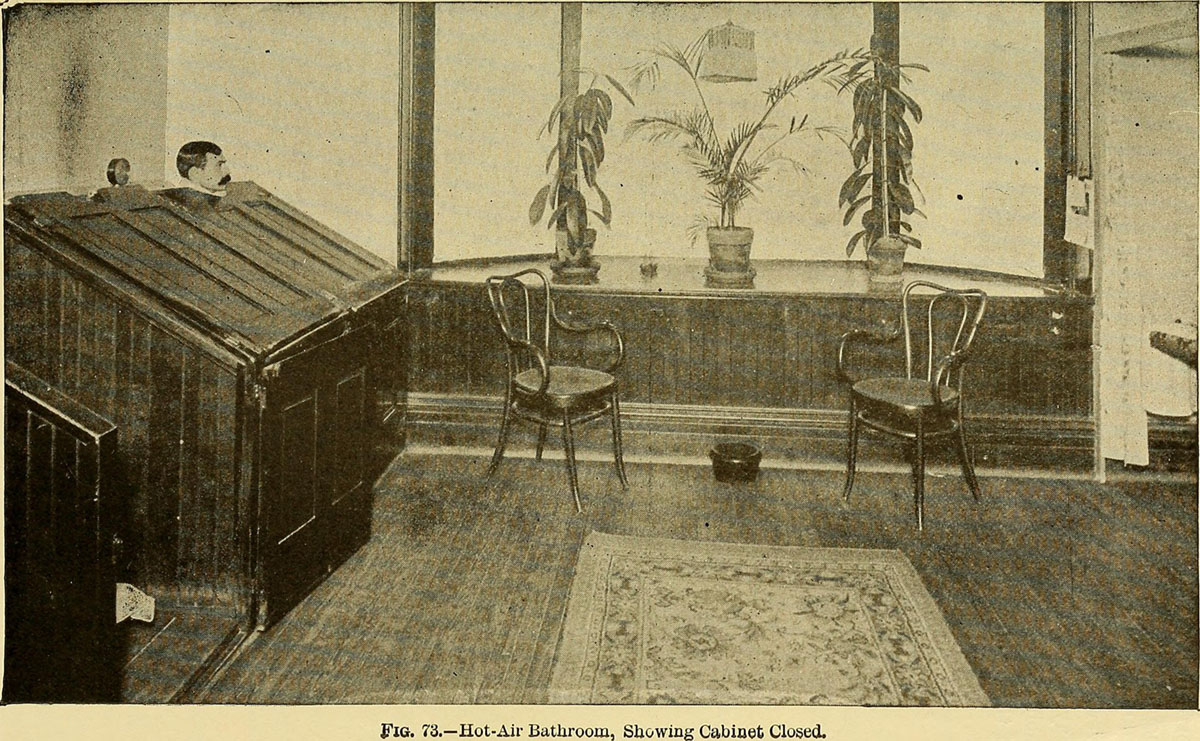
What is hydrotherapy?
Hydrotherapy is a form of therapy that has been around for thousands of years. People of ancient Rome, Greece, Egypt and China have used beneficial effects of the water to treat various ailments. Hydrotherapy is a wide term, which involves any type of treatment based on water. One of the most popular variations is hydrothermal therapy, which uses warm or hot water with therapeutic effects.
Hydrotherapy can be used for relaxation, detoxification, treatment of musculoskeletal issues, but also for paralysis, stroke, spasms, burns and many more.
Today, the beneficial properties of hydrotherapy can be enjoyed in spas, salons, public baths and at home as well.
How does it work?
When the body suffers from stress, pain or an illness, it reacts by changing some of the vital signs, such as pulse and blood pressure. Hydrotherapy affects those signs by bringing them back to normal, which alleviates the stress and eases the pain. The state of relaxation that hydrotherapy provides has a direct impact on the ailments, relieving temporarily and sometimes even permanently.
Hydrotherapy also stimulates the production of endorphins. Endorphins are neurochemicals that act as body’s own, natural analgesics. Hydrotherapy also dilates the blood vessels, which improves circulation and oxygen supply to painful tissues and joints. Better circulation also means higher rate of toxin elimination.
Types of hydrotherapy
There are dozens of types of hydrotherapy, involving partial or full body immersion, cold or hot water, steam, still or running water, and other factors.
Full body immersion is very popular, usually done with the water temperature of 90 to 95 degrees Fahrenheit, in plain water or with the addition of essential oils, herbs, salts and such.
Sitzbaths or hip baths are baths in which a person is sitting in a tub, with the water up to his or her hips. This form of hydrotherapy is particularly suitable for ailments that involve organs located in the abdominal cavity.
Hydro-massage is a very popular and usually preferred to other types of hydrotherapy because of its extremely pleasant and relaxing effect. It uses jets of water, which can be intensive or quite gentle, aimed at particular problematic points on the body.
Footbaths are a simple form of hydrotherapy that can be done at home as well, using plain hot or cold water, with or without essential oils and other additions. They are particularly useful for soothing sore and tired feet after a long day.
Hydrotherapy also involves the use of compresses and body wraps. Body wraps are usually done for the purpose of detoxification of the body.
Colon therapy, douches and ingestion of large amounts of water also count as form of hydrotherapy.



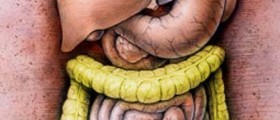


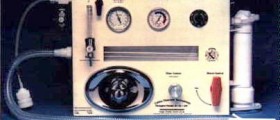





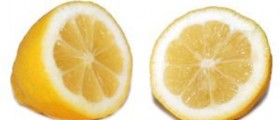

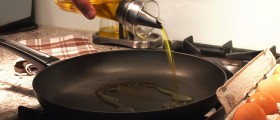

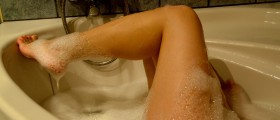
Your thoughts on this
Loading...